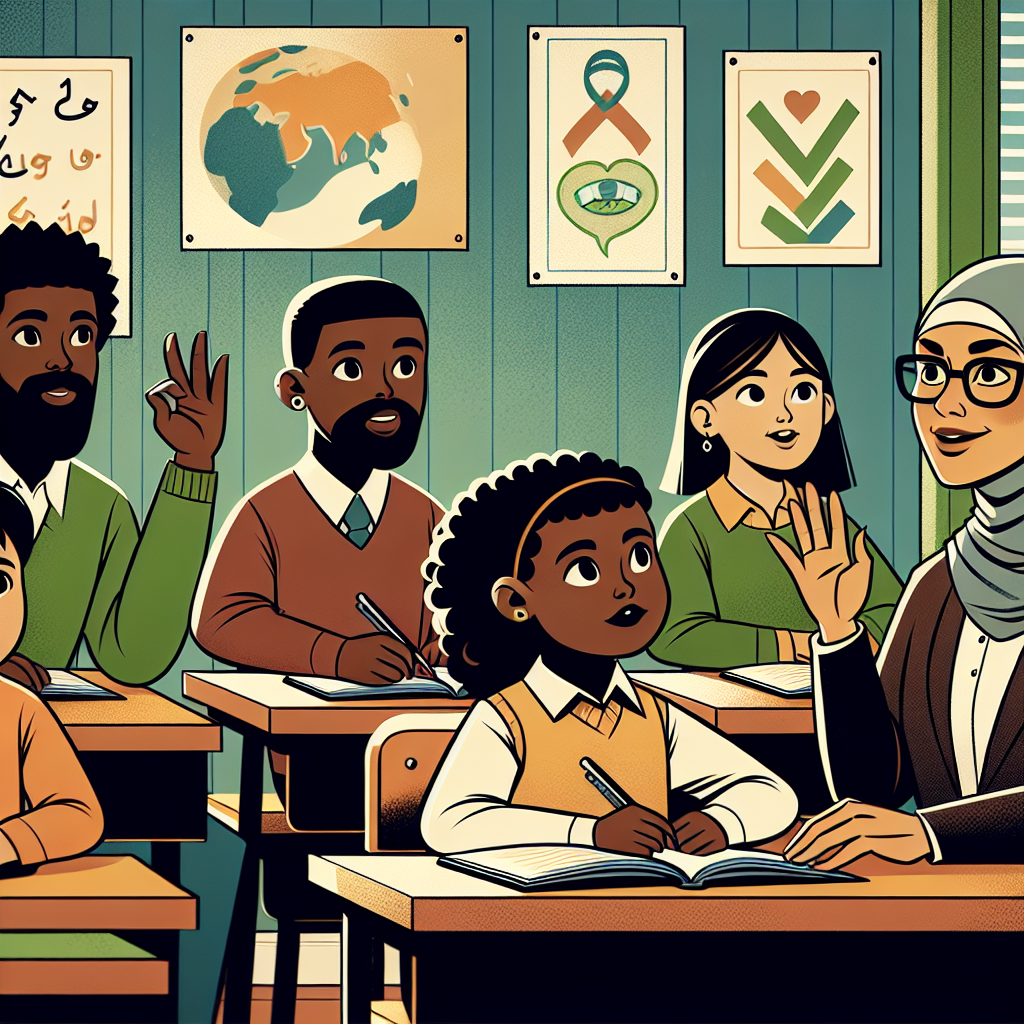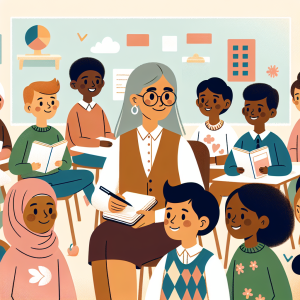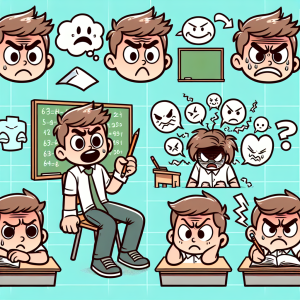
Addressing Minimally Verbal Communication in Special Education
In recent years, school psychology has been pivoting towards more inclusive and equitable practices, aimed at addressing the diverse needs of the student population. The integration of technology, especially AI, in education and psychology has opened new avenues for assisting students with special needs. This article focuses on the implications of these trends for school psychologists and educators, particularly when working with children who are minimally verbal.
Understanding Minimally Verbal Communication Challenges
Children who are minimally verbal often struggle with expressing themselves through traditional verbal communication. This can impact their educational experience, social interactions, and overall psychological well-being. According to a study published in Contemporary School Psychology, digitizing school psychological practices is a promising route to provide more personalized and effective interventions.
The Role of Technology in Enhancing Communication
School psychologists are now leveraging technologies that help translate non-verbal cues into communicable formats. Devices such as tablets equipped with communication apps can enable students to express their thoughts and needs more clearly. These tools are becoming integral in designing individualized education plans (IEPs) that cater specifically to the needs of minimally verbal students.
Socially Just Practices in School Psychology
The transformation towards equitable practices in school psychology involves recognizing and valuing the diverse backgrounds and communication styles students bring into the educational realm. Research indicates that understanding cultural influences on communication is crucial. This understanding allows psychologists to tailor interventions that are culturally sensitive and relevant.
Case Studies and Real-World Applications
One example of successful integration is the use of speech-generating devices (SGDs) in classrooms. These devices have been shown to significantly improve the communication outcomes for children who are minimally verbal. Furthermore, strategic training in understanding non-verbal cues from marginally verbal children has proven pivotal. Such training aligns with findings discussed in the APA Monitor highlighting an urgent need for more trained mental health professionals in educational settings.
Cross-disciplinary Approaches
Collaboration between psychologists, educators, and speech therapists is crucial in creating an environment where minimally verbal students can thrive. Cross-disciplinary teams can ensure a holistic approach to student development, taking into consideration psychological, educational, and speech-language needs.
Future Directions
As technology continues to advance, its integration into educational psychology will likely expand. Future innovations may include more sophisticated AI tools that can provide real-time translations of various communication forms, offering a lifeline for children who are minimally verbal. This future direction is supported by the increasing focus on AI integration in psychological practices.
Ultimately, by continuing to advance and innovate with a focus on inclusivity and equity, the field of school psychology can ensure that all students, regardless of communicative ability, receive the support needed to succeed academically, socially, and emotionally.



